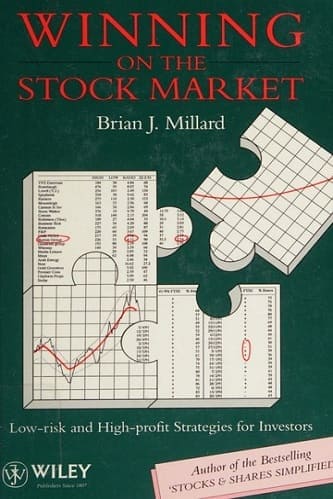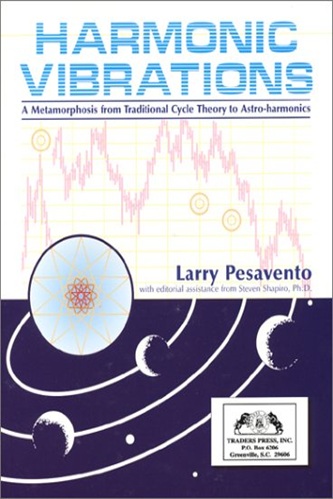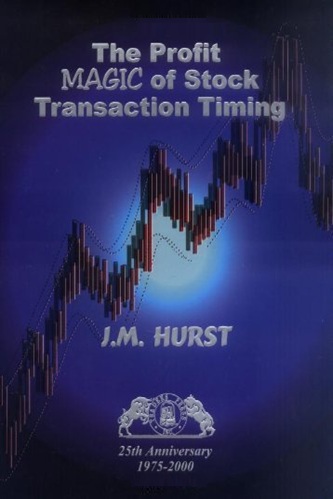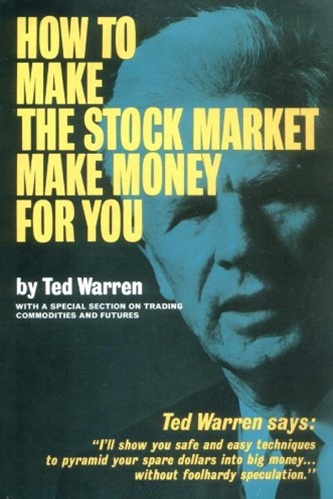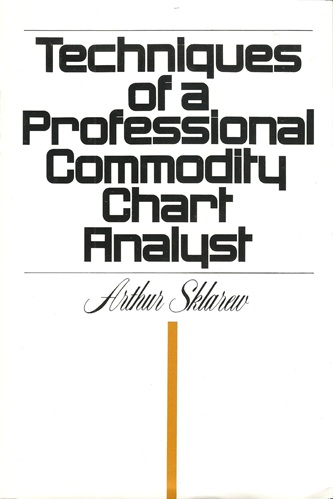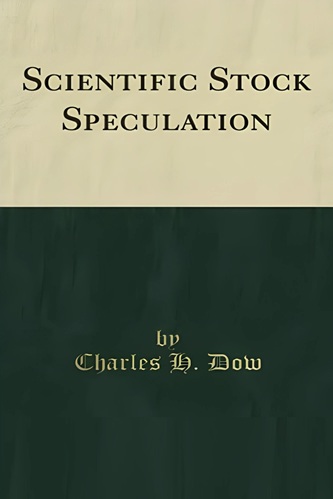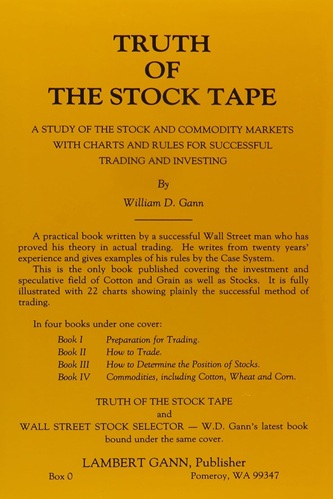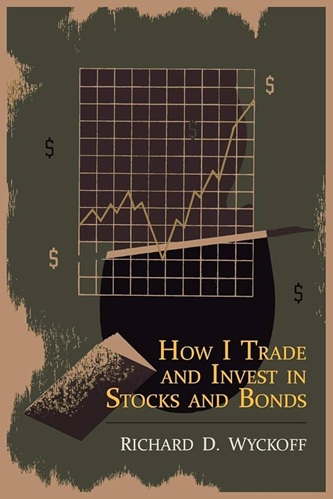Winning on the Stock Market: Low-Risk and High-Profit Strategies for Investors
$17.29
| Author(s) | |
|---|---|
| Format |
|
| Pages |
215 |
| Publication Year |
1993 |
Winning on the Stock Market: Low-Risk and High-Profit Strategies for Investors describes a clear and logical method which will enable investors to improve the timing of their buying and selling operations so that maximum profit can be wrung from the most profitable shares. Argues against both random buying and selling and mechanical investment, advocating instead a rigorous system of following trends. Features practical advice on how to minimize risk even in adverse market conditions.
Introduction:
It is a sad fact that for every investor who makes money out of the stock market, there are another two who do not. There are many reasons for failure, but foremost among these is inconsistency of approach, with impulse buying featuring at the top of the list. Naturally, a consistent approach is useless if it it lacks the wherewithal to make profits, but investors will find that the methods discussed in this book have stood the test of time, and have led over the long term to very useful profits for those who have followed them carefully.
The prime objective of an investment in the stock market is to make money. It might be thought that this is so obvious that it needs no stating in this introduction, but this is not the case. Many investors have subconsciously changed their focus so that their objective is simply to hold shares. This is particularly true of new investors who have become involved in the stock market through the many privatisation issues They have no clear idea of what to do once they have received the share certificates. This is partly due to ignorance, not so much ignorance of the mechanics of selling shares, since the High Street banks are full of notices about how they can do this for you, but ignorance of how share prices rise and fall and the timescale over which they do this.
Siren voices, especially emanating from the Government and the larger UK companies, constantly talk about investor loyalty and the advantages of holding shares for the long term. This is total poppycock on two counts. Firstly, as we will see later, the penalty for going for the long term can be to see the real value of a holding greatly reduced, not only due to the ravages of inflation but because of a fall in the share price.
Secondly, loyalty should be a two-way process, but UK companies consider it to be nothing of the sort. If shareholders stay with their holdings for extended periods of time, then the costs of maintaining the share register are reduced, and the share price could stay firmer, While talking about difficult trading conditions, the directors often award themselves large and totally unjustifiable increases in salary or director’s fees. The last thing such directors want is a stampede by investors to shed themselves of their shareholdings.
The only loyalty required by an investor is to the value of his shareholdings. A share certificate has no emotional standing, and except for nostalgic certificates of long-gone Victorian railway companies and the like, has no intrinsic value as a work of art. The certificate is simply a means to an end, the end being to increase the value of an investor’s shareholdings. If a particular share ceases to contribute to the upward momentum then it must be sold.
Private investors have a major cross to bear in the form of dealing costs and the spread between quoted buying and selling prices of shares. In the absence of these costs, an investor who just buys and sells on a purely random basis should hope to break even over a long time period, although the aim of breaking even is not a very ambitious one! With these costs added in, the same investor must lose over the long run, since all profitable transactions must have these costs deducted from the profit, while all losing transactions have these costs added to the loss.
An investor who just buys and sells at any time he feels inclined to do so is therefore almost certain to lose. Buying opportunities have to be chosen carefully so as to maximise the potential gain while reducing the potential loss, and the aim of this book is to discuss ways in which this can be done.
Contents:
- Brokers and Financial Information
- Market Influences
- Trends in Share Prices
- Insuring against Loss
- Investment Tools
- The Investment Climate
- Picking Shares
- Dominant Trends
- Buying and Selling
- Channel Analysis
Winning on the Stock Market: Low-Risk and High-Profit Strategies for Investors By Brian J. Millard pdf

